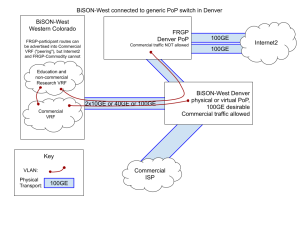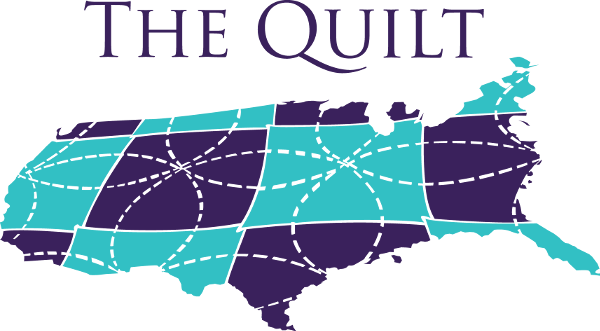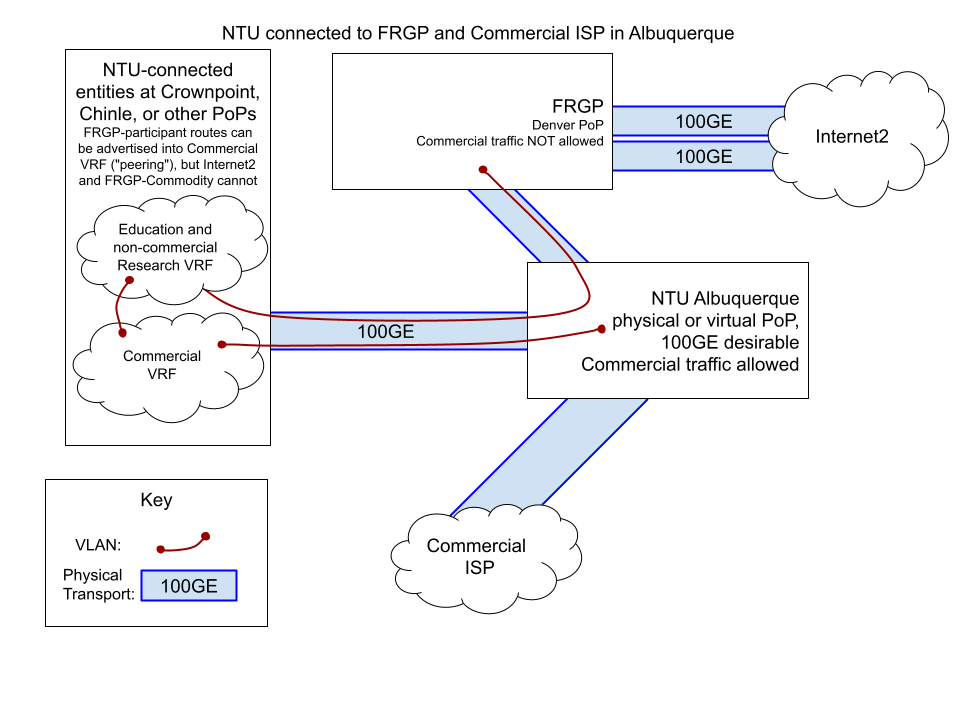The Front Range GigaPoP (FRGP) is the lead Research and Education Network (REN) on two NSF CC* awards.
BiSON-West (BiSON) is a planning grant that is on a second year, no-cost extension. The grant’s goals are to extend FRGP services to universities, colleges, and community anchor institutions (CAIs) on the Western Slope of Colorado where there are underserved populations and the geography is challenging. The “Nilch’ bee naa alkaa go ohooa doo eidii t’įį (Translation: Using air (technology) to learn and understand new things)”, award is led by Navajo Tech University (NTU) with the goals of connecting NTU to the FRGP. NTU’s second award helps other tribal colleges and universities to improve external connectivity. Both projects rely on FRGP’s innovative method of connecting traditional education and homework gap projects.
FRGP’s commitment to work with Tribal Colleges and Universities (TCUs) and small campuses, which will help them integrate into the broader R&E community, is especially important during the COVID-19 pandemic.
The pandemic arose in the midst of both of these projects as research and design were in progress. What became apparent very quickly was that last-mile infrastructure for telework and telelearning was critical. However, FRGP cannot provide services to commercial entities or residential users, and the awards did not encompass this scope. What evolved over the last year was a common design solution to create a “pre-aggregation” point to bring a broader user base with their blended traffic including residences, commercial entities, and municipal networks to a point where commercial traffic could be routed to a commercial provider and eligible R&E traffic would flow to the FRGP.
The FRGP is collaborating on the design and implementation of the aggregation point and is working in partnership with the Northwest Council of Governments (NWCOG) and NTU to integrate the aggregation point into the FRGP.
NTU is further along in the design and implementation phase of their award and is actively working to bring schools, community centers (or Chapter Houses), other tribes with blended traffic (education, residential, and municipal) and connected communities to the aggregation point shown in Figure 1. See Figure 2 for the current design.
Figure 1: NTU Aggregation Point Design
BiSON-West is still in the planning stage and the team is working to secure funding and formalize support for the aggregation point. This effort does not fit cleanly in a traditional NSF CC* grant, so we are exploring state, federal, and private funding opportunities.
 Figure 2: BiSON-West Aggregation Point Design
Figure 2: BiSON-West Aggregation Point Design
COVID has highlighted the importance of getting closer to the users at the edge wherever the edge may be. Connecting schools and other CAIs is not enough. As teleworking and telelearning have been required, embraced, and may become much more prevalent post-COVID, providing the option to work and learn from home or other non-traditional locations and making high-quality networking ubiquitous is critical. The value of accessing the R&E infrastructure directly, efficiently, and effectively has been spotlighted during the last year.
The FRGP hopes this new model will help to enable this new paradigm and broaden the reach and power of R&E networking.

